Leaders in sensory technology.
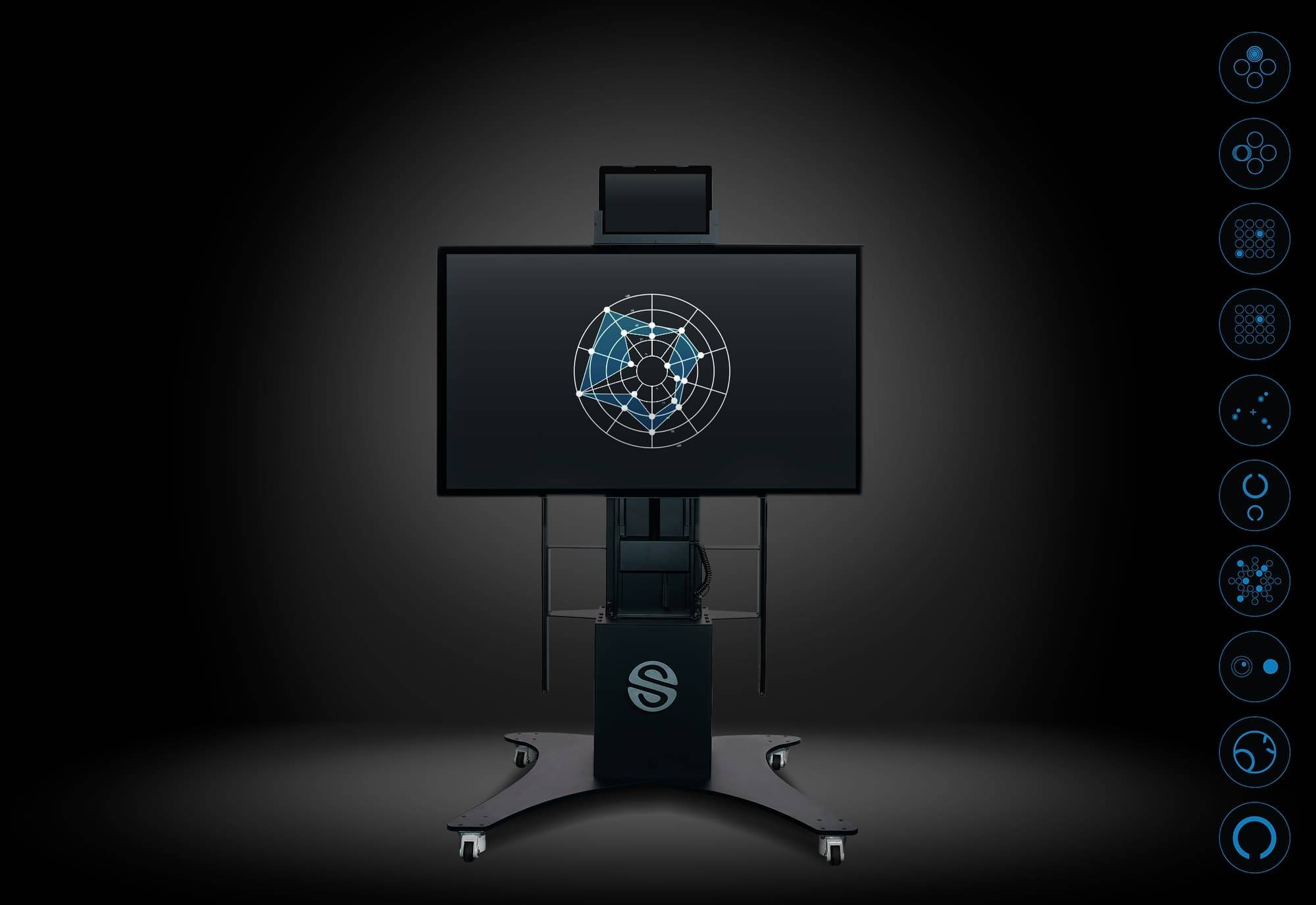
Senaptec Sensory Station
The Senaptec Sensory Station is a state-of-art sensory evaluation & training station which assesses 10 visual and sensorimotor skills. In less than 25 minutes, you can determine an individual’s strengths and opportunities to improve sensory performance.
For performance
For Health
10 sensory parameters, 1 complete solution.
10 sensory parameters,
1 complete solution.
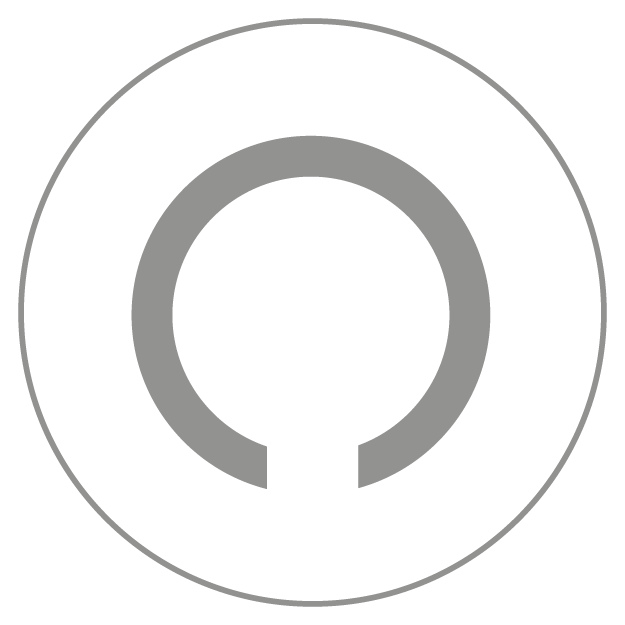
Good vision starts with clear data from the eyes.
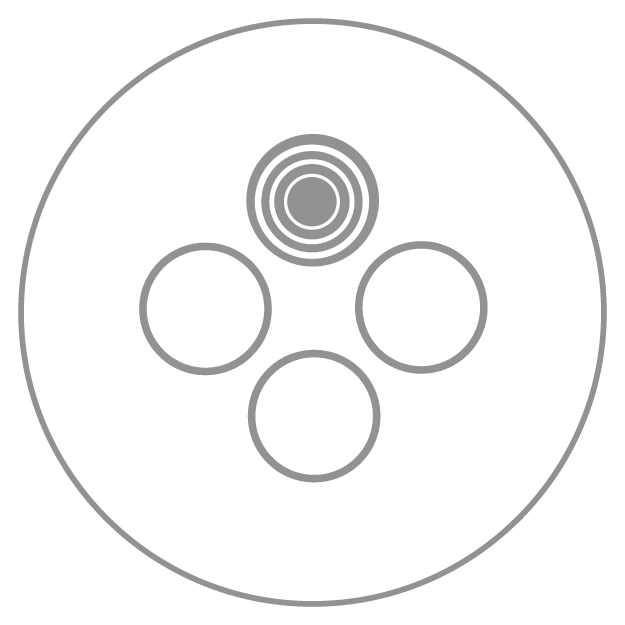
Detecting contrast is the beginning of vision and is critical for recognizing objects and faces.
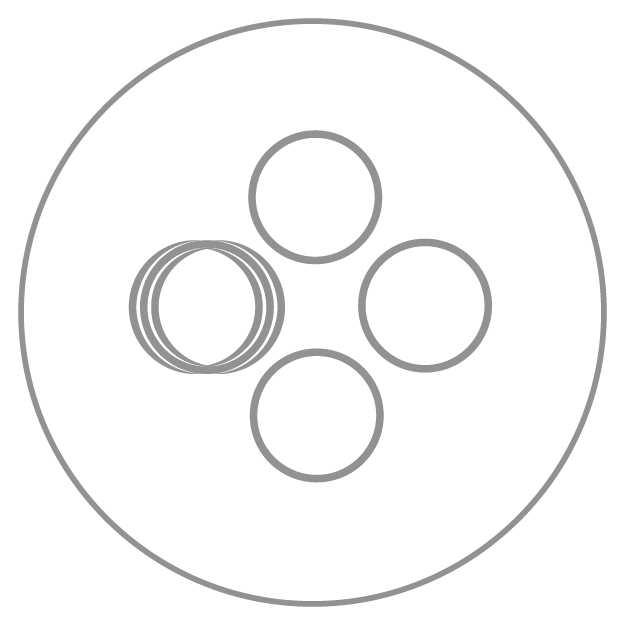
Judging depth assists in navigation, accurate timing, and proper anticipation for potential collision.

Changing focus quickly is important for movement, spatial judgment, and making timely decisions.
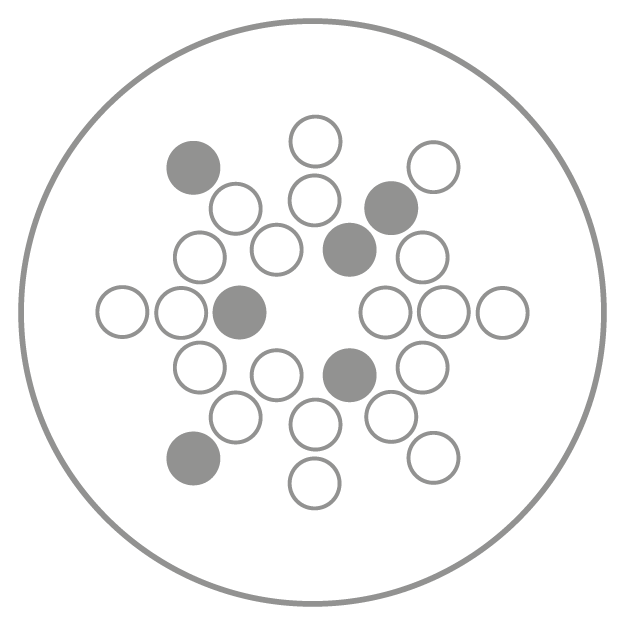
Perceiving and retaining a broad range of visual information helps make quick and accurate decisions.
Sensing the movement of multiple objects is crucial for spatial awareness and proper movement
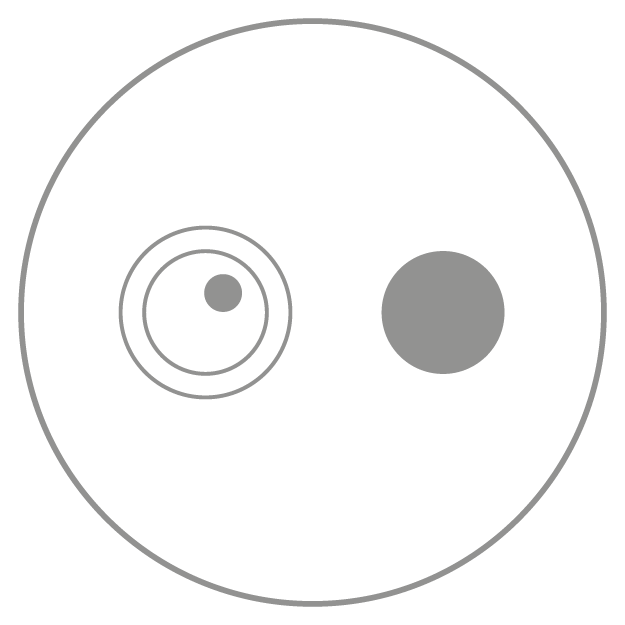
Reacting quickly to a visual input is crucial to success in all areas of life.

Fast coordination between peripheral and central vision ensure you observe important information.
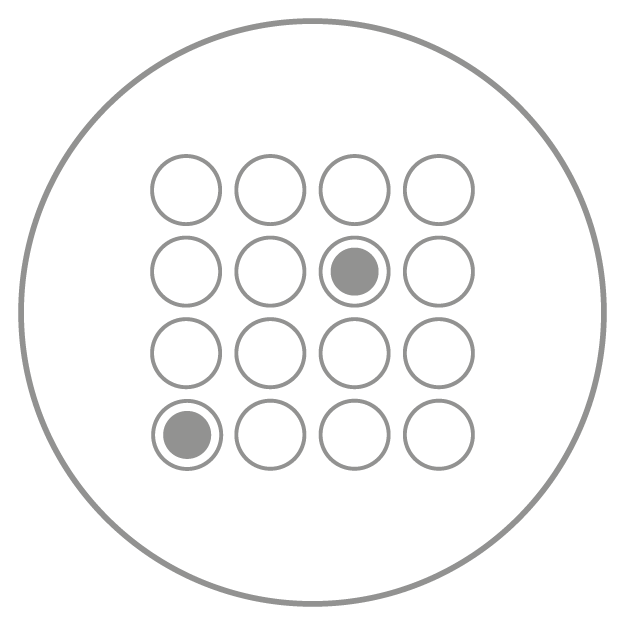
Moving hands quickly and accurately based on visual input is foundational to interaction with the world.
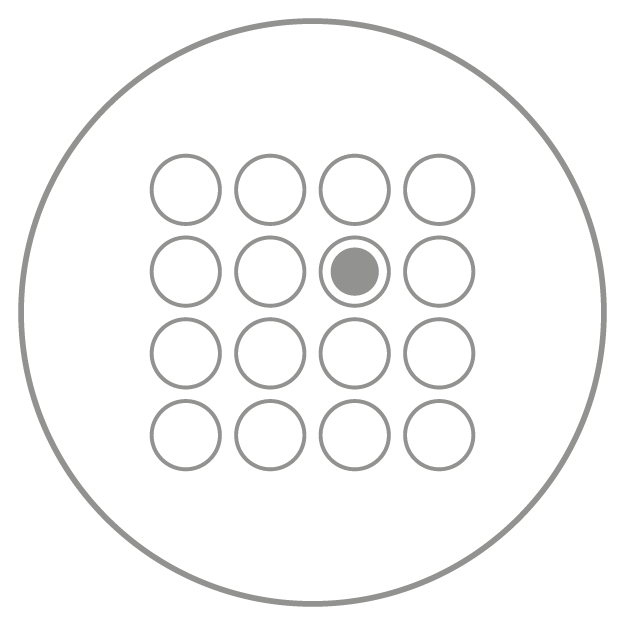
Inhibiting motion in response to new information protects from mistakes and potential injury.
15 Sensory Training Modules
The Senaptec App currently helps to improve 15 fundamental skills for human performance. More modules are added regularly. All modules are easily customizable to meet your client/ athlete needs and all can be run on the client’s personal tablet via the Senaptec App in addition to the Senaptec Sensory Station at your facility. As the client/ athlete gets better at the skills, the training adjusts automatically to remain challenging and promote continuous improvement.
Find and touch the targets quickly and accurately.
Touch the “Go” targets before they disappear, but do not touch the “No-Go” target. This requires quick decision making and swift movement.
Move your eyes to follow the target on the screen. This trains peripheral vision awareness and rapid eye movement.
Symbols appear briefly, requiring the user to quickly see information in both central and peripheral vision. This can help the brain’s data collection and memory.
Go targets and no-go targets appear momentarily in a single location. Touch the go target before it disappears and do not touch the no-go targets. This trains rapid decision-making and muscle response.
A set of targets will appear momentarily on the screen. You touch the screen in the locations the targets had appeared to work on memory skills.
A variation of spatial memory. In this module, targets will appear and disappear sequentially. Touch the screen in the location and order the targets appeared.
The MOT skill often helps avoid collisions. Move a target to avoid collisions with multiple objects that are moving around the screen.
This module challenges and trains while the user stands at a distance from the screen to make judgments of depth. Judging depth is fundamental for perceiving the world.
This module uses the Senaptec handheld remote and a screen at distance to train the eye muscles to rapidly shift focus and recognize details. Quick near far shift capability is important in all areas of life, from sports to driving to walking through a store.
Quickly find and touch the single target amongst the distractors. Search and find tasks are critical for navigating most sport and real-world activities.
Maintain rhythm by touching the target with each beat. This module is useful for training audio/visual correlation and anticipation timing.
Find and touch all the targets but do not touch the distractors. This training also serves as an assessment for visual neglect issues.
Draw on the touch screen with your finger to repeat the pattern, either by tracing or looking at an adjacent shape. This training works on neuromotor skills.
Split Attention is a new module that combines a central cognitive task with a peripheral motor task. Respond to a constantly changing task at the center of the screen while at the same time, respond to peripheral targets appearing on the rest of the screen.
Find and touch the targets quickly and accurately.
Touch the “Go” targets before they disappear, but do not touch the “No-Go” target. This requires quick decision making and swift movement.
Move your eyes to follow the target on the screen. This trains peripheral vision awareness and rapid eye movement.
Symbols appear briefly, requiring the user to quickly see information in both central and peripheral vision. This can help the brain’s data collection and memory.
Go targets and no-go targets appear momentarily in a single location. Touch the go target before it disappears and do not touch the no-go targets. This trains rapid decision-making and muscle response.
A set of targets will appear momentarily on the screen. You touch the screen in the locations the targets had appeared to work on memory skills.
A variation of spatial memory. In this module, targets will appear and disappear sequentially. Touch the screen in the location and order the targets appeared.
The MOT skill often helps avoid collisions. Move a target to avoid collisions with multiple objects that are moving around the screen.
This module challenges and trains while the user stands at a distance from the screen to make judgments of depth. Judging depth is fundamental for perceiving the world.
This module uses the Senaptec handheld remote and a screen at distance to train the eye muscles to rapidly shift focus and recognize details. Quick near far shift capability is important in all areas of life, from sports to driving to walking through a store.
Quickly find and touch the single target amongst the distractors. Search and find tasks are critical for navigating most sport and real-world activities.
Maintain rhythm by touching the target with each beat. This module is useful for training audio/visual correlation and anticipation timing.
Find and touch all the targets but do not touch the distractors. This training also serves as an assessment for visual neglect issues.
Draw on the touch screen with your finger to repeat the pattern, either by tracing or looking at an adjacent shape. This training works on neuromotor skills.
Split Attention is a new module that combines a central cognitive task with a peripheral motor task. Respond to a constantly changing task at the center of the screen while at the same time, respond to peripheral targets appearing on the rest of the screen.
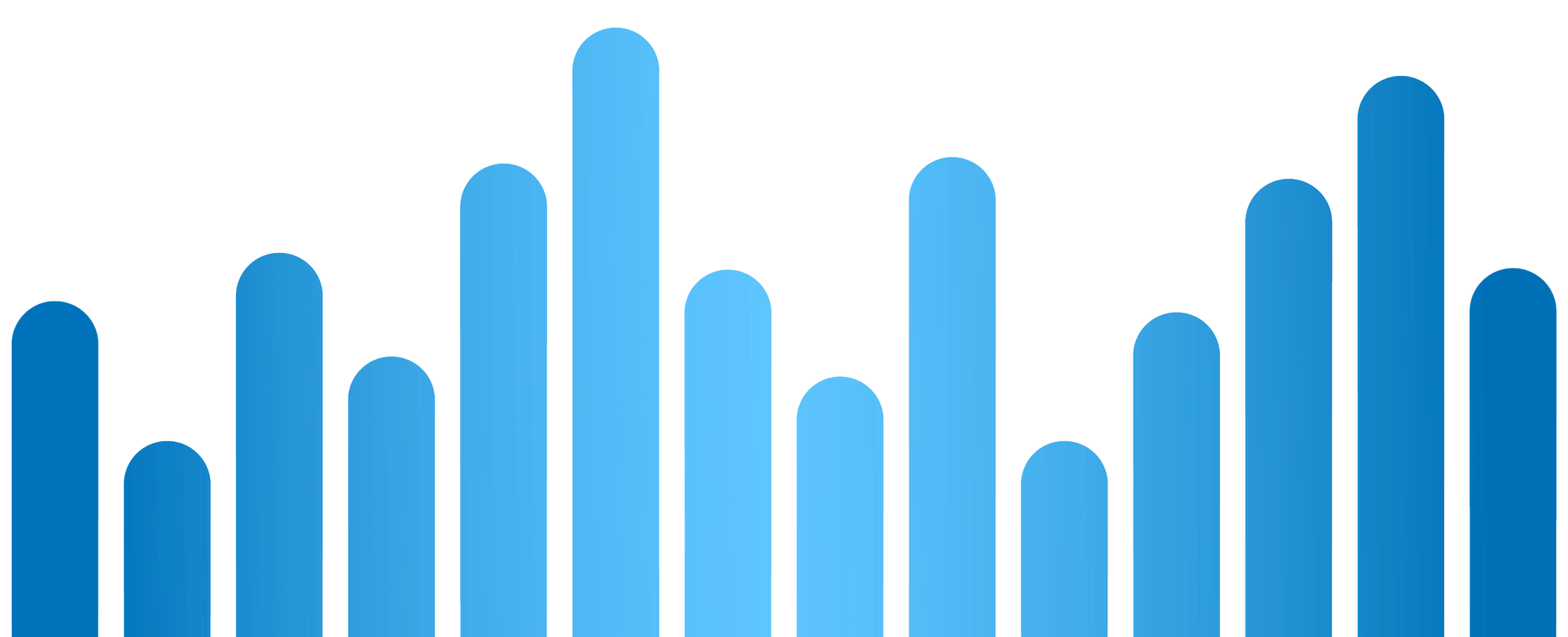

Cloud Based Data & Analytics
The Senaptec Sensory Station utilized cloud technology to help you manage data and to provide immediate comparative results. The client's/athlete's profile, evaluation data, improvement plan, and progress reports are stored locally and, on the cloud to keep your data secure.

Improvement Plan
With the sensory assessment results in hand, now you are ready to make improvements. The Sensory Station knows your client's/athlete's sensory strengths and weaknesses and automatically serves up the training modules and tools that are most beneficial for improvement. The training plan generated from the Sensory Station takes all Senaptec sensory training tools into consideration. The use of the Senaptec Strobe eyewear and other Senaptec training tools can also be recommended, but are not mandatory.

Sensory Report
The Sensory Performance Report is presented in an easy to read radar chart format to provide a comprehensive look at your overall performance. The larger and wider the plot, the better you are doing. The chart provides a percentile ranking, to show your strengths and areas you can improve. The report can be printed or sent over email. Additionally, the Sensory Station provides the ability to download raw data for further analysis or research.
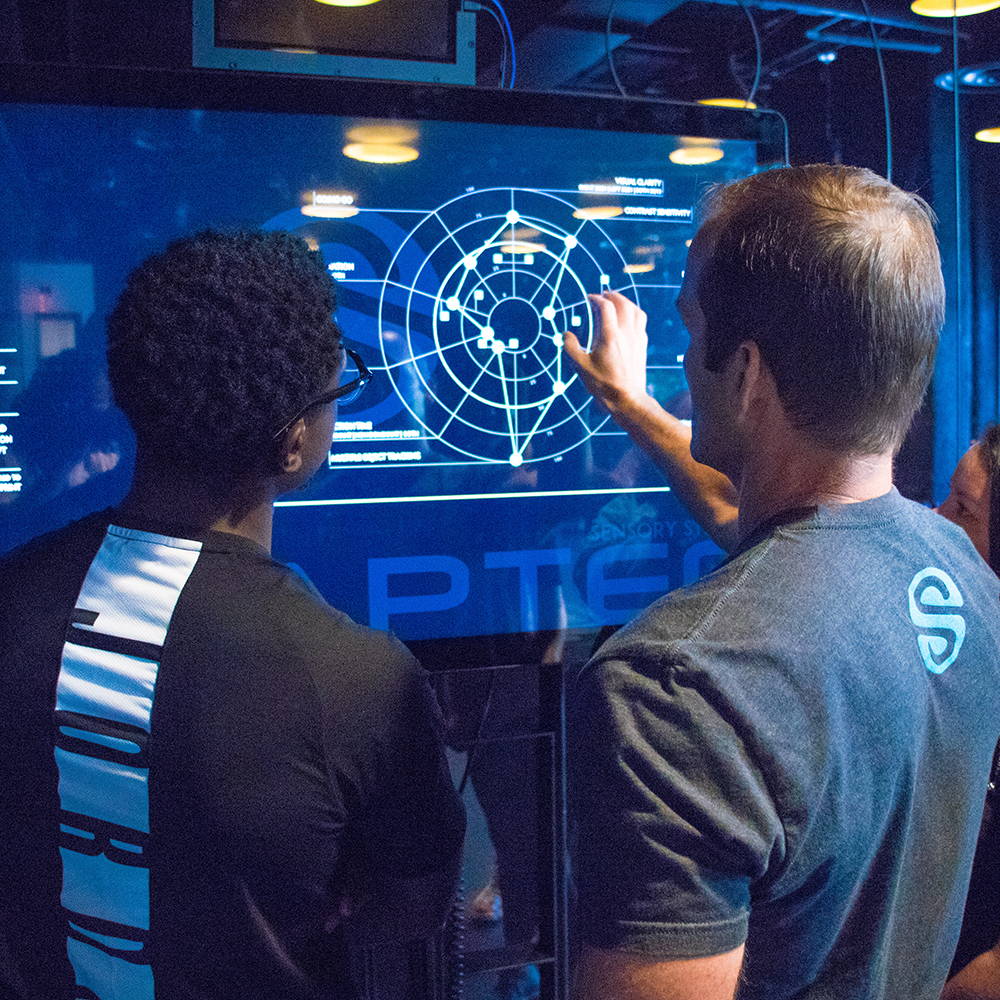
Sensory Assessment
The Senaptec solution starts with a sensory assessment on the Sensory Station. Think of this as the diagnostic combine for the brain. If someone told you they could run a 4-minute mile, you would know they had speed and endurance. What are the metrics for eye/hand coordination, depth perception, and reaction time? Senaptec has the answer.
Product Features & Specs
Large Comparison Database
Sensory results are only as useful as the normative data used for comparison. Senaptec stands apart in analytics. Custom comparisons can be easily made with the Sensory Station. The Senaptec' data analytics include comparative databases from youth to professional sports with over 25,000 athletes assessed in the system, profiled by the sport, position and level of play. For health and wellness, over 40,000 individuals have also been assessed on the system, profiled by their stage in life and relevant health conditions.
Adjustable Height
The Senaptec Sensory Station comes has a motorized mount with a remote control that allows you to make height adjustments from anywhere in the room. The best assessment is done in a consistent and controlled setting. The adjustable height of the Senaptec Sensory Station allows you to adjust the assessment to the eye level of your client/ athlete.
Product Specs
Components included:
- Motorized adjustable pedestal
- 55” high definition commercial grade tempered glass capacitive touch screen
- 13.3” tablet (can be used for remote use)
- Smartphone for interfacing with the Senaptec Sensory Station assessments and training at distance
- Red/blue glasses and occlusion device for assessment and training
- Floor mat to measure proper distance for assessments
Operating System
The Senaptec Sensory Station runs on an Android Operating System. The Senaptec App for at-home training works on both Android and iOS platforms.
Software Update
Senaptec continually provides automatic and free updates to software. These updates provide new features and capabilities for the user.
Analytics
For each parameter assessed, the results are stored locally for both analytics and report export. The analytics allow comparing performance to the normative demographics based on categories such as sport played (e.g., football, baseball), level (e.g., college DI, professional), and position (e.g., quarterback, catcher). The Senaptec Sensory Station will automatically generate a list of strengths and weaknesses and based on these, a recommended improvement plan.
IT and Electrical Requirements
- The system is powered by a standard electrical outlet which can either be standard US 110 volts power or240 volts European power. Power sources from other countries may also work, please contact us for confirmation.
- WiFi internet connection, preferably at 2.4GHz, is needed for data analytics and software updates. The system can be operated without internet connectivity but with reduced performance.
- The system relies on a smartphone (supplied by Senaptec) for running assessments and providing training at a distance. This phone connects via Bluetooth to the main system. The phone will arrive already paired with the Senaptec Sensory Station and no further support or configuration is required.
Pedestal Functions
Adjustable – The Senaptec Sensory Station has a motorized pedestal that can be used to adjust the height of the touch screen from as low as a wheel-chair height up to the height of a 7’6” tall person. The height adjustment can be controlled with either a remote control or a rocked switch on the pedestal.
Mobility – The Senaptec Sensory Station pedestal is also on casters, allowing it to be easily rolled from one location to another.
Removable Tablet
The Senaptec Sensory Station also comes with a removable tablet device, allowing the user to perform a subset of the testing and training away from the main machine.
Training and Support
All Senaptec customers enjoy full training and support. This training will ensure the system is up and running and the customer is fully capable of running all aspects of the machine. Further, Senaptec provides direct phone support for any issues that may arise.




 Senaptec Strobe
Senaptec Strobe
 Senaptec Sensory Station
Senaptec Sensory Station
 Training Station
Training Station
 Baseball
Baseball
 Goalkeepers
Goalkeepers
 Soccer
Soccer
 Programs
Programs
 About / FAQ
About / FAQ
 Get In Touch
Get In Touch
 Media & Organizations
Media & Organizations